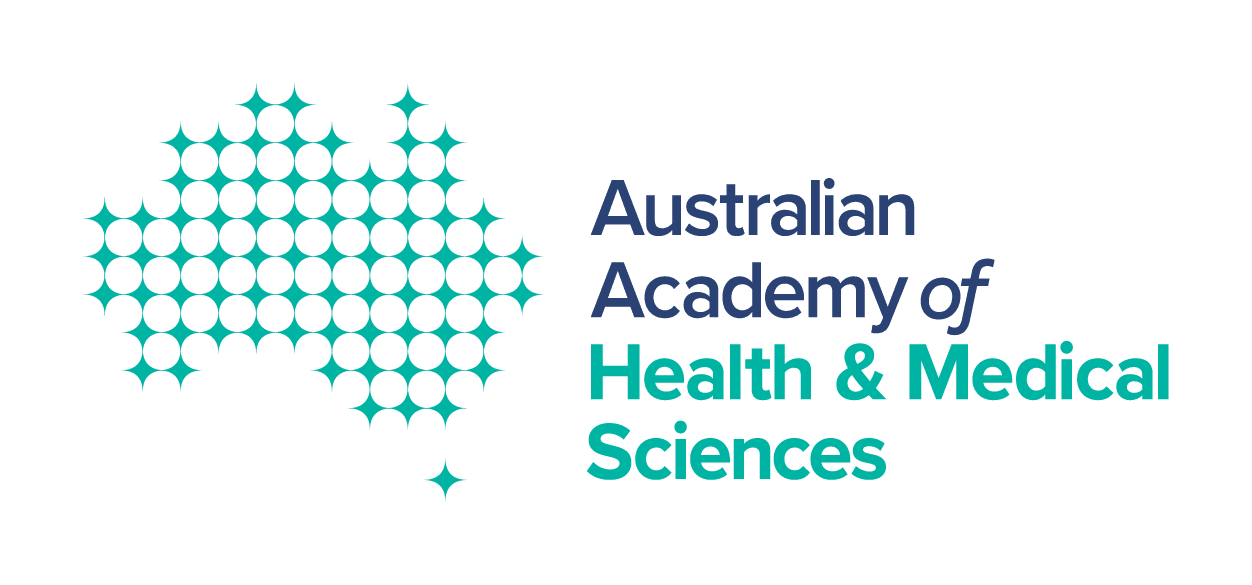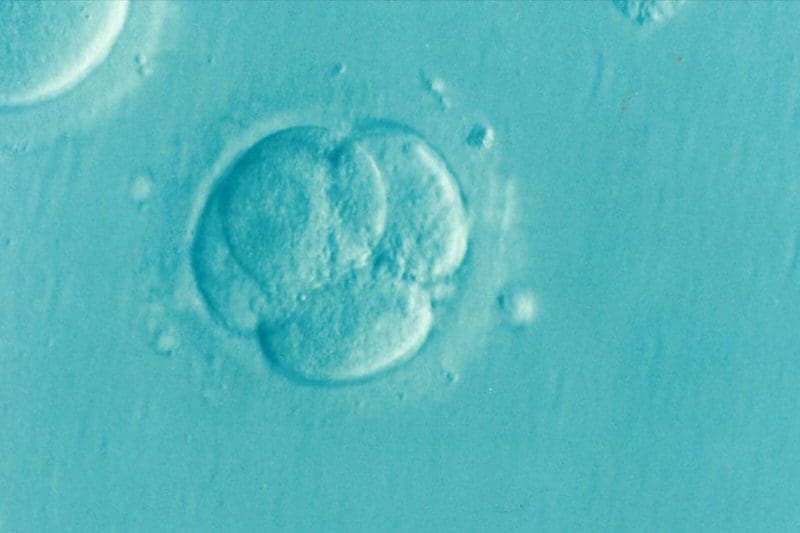In November 2019 the Academy submitted a joint consultation response with the Australian Academy of Science to an NHMRC consultation on mitochondrial donation. The Academies expressed support for introducing mitochondrial donation in a cautious and carefully regulated way, initially limiting the technology to an appropriate clinical research setting.
There are a range of safety, ethical, legal and regulatory considerations that need to be addressed in considering how such a technique might be implemented in practice. In our response we highlight the following key messages:
- Mitochondrial donation should be introduced in a cautious and carefully regulated way. Initially limiting the technology to an appropriate clinical research setting will enable robust evaluation of the technique in practice and the associated issues. These include, but are not limited to: informed consent, at-risk population screening, service delivery, cost, safety, community concerns, genetic and epigenetic consequences and impacts on individuals and families.
- Use of the technique should be restricted to couples at high risk of having a child with severe mitochondrial DNA disease, where the balance of potential benefits over potential risks is compelling, and for whom there is no acceptable alternative way to give them a chance of conceiving a genetically related child free of the condition.
- Parents will need to be informed of the experimental nature of the technology, including the potential risks and limitations, uncertainties around safety and efficacy. Consent from the potential parents will require discussion of all other reproductive options, including adoption, and the need for long-term follow up for themselves, their child and future generations. Potential parents would benefit from reproductive counselling.
- Children born as a result of mitochondrial donation should have access to reproductive counselling and clinical follow-up well into adult life, especially at critical milestones of
- International exemplars provide useful frameworks for Australia to consider, such as the approach taken by the Human Fertilisation and Embryology Authority (HFEA) in the UK, which incorporates strict regulatory and licensing conditions that require clinics conducting the treatment to be licensed and each case to be separately reviewed and approved by HFEA. The National Health and Medical Research Council’s (NHMRC) Human Embryo Research Licensing Committee (ERLC) is well placed to regulate clinical research on mitochondrial donation. Research into these techniques should be allowed under certain circumstances, under appropriate regulation and oversight.
The NHMRC’s work on this topic is gathering the opinions of expert and non-expert audiences and it follows an earlier inquiry by the Senate Community Affairs References Committee. The Senate inquiry report was published in June 2018. The NHMRC consultation is guided by an Expert Working Group, which includes Academy Fellows, Professor John Christodoulou AM FAHMS, Professor John Rasko AO FAHMS, Professor Patrick Tam FRS FAA FAHMS and Professor David Thorburn FAHMS.
Experts estimate that mitochondrial donation may help to prevent mitochondrial DNA disease in about 60 birth per year in Australia.
The call to action can be downloaded below and you can read the associated news item here.

